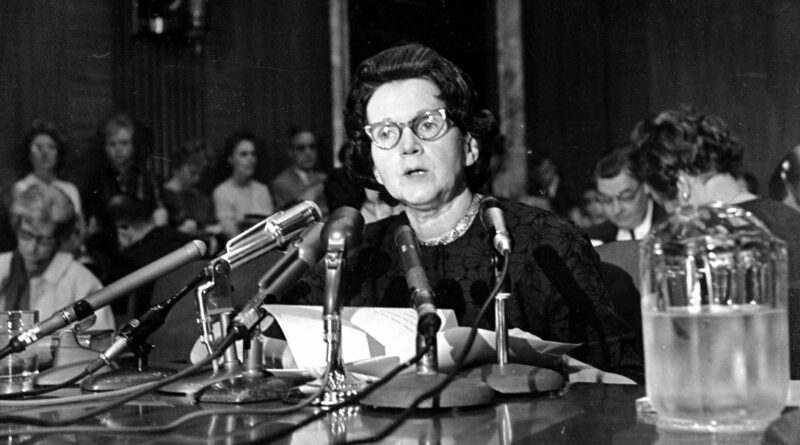The Silent Spring by Rachel Carson
The silent spring was written by Rachel Carson and published in 1962. The theme of the book was to assist in the launching of the environment movement and more especially on the use of chemical pesticides. The author blamed the chemical industry for the disinformation caused decrementing the consequences of pesticides on living things like human beings and other animals. Carson argued that, if the use of pesticides was not going to be under total control, the harm caused was going to worsen to death of human beings, animals and birds. From the title of the book ‘silent spring’, the fact behind it is that, in future there is going to be a season of no bird songs being heard because they will varnish due to pesticide abuse (McLaughlin 3).
Rachel Carson used both qualitative and quantitative data in her work to describe the negative effects pesticides had on living things like birds. Her objective was to create awareness that nature was vulnerable to human intervention. For instance, through the use of qualitative data, she clearly outlines the threats of pesticides like cancer due to food contamination, genetic damages among others. All this information and much more are described by the use of qualitative data. As for quantitative data, some figurative evidence is given in her work to show the damage caused by pesticides. For example, in chapter two of her book silent spring, she identifies the source of diseases described in chapter one. For instance, she says that the recent design of potent synthetic poison proliferates was at the rate of around 500 in one year. The spread of these chemicals everywhere in large quantities and the effects were long term or short term disastrous damages to human and wildlife (Carson 7).
Carson uses the appeal to character (ethos) to expose to the public the hazards of chemical pesticide use. She tries to draw people’s attention to environmental issues which had never been addressed before. She tried to influence people to give a second thought to environmental issues and not just concentrate on the industry. Industrial revolution depends on the natural environment to prosper hence there was no way industrialization can work on its own. Carson also incorporated poetic evocation and meticulous research in her work to prove her point. An example is her work on brochures of fish and wildlife service and how they are vulnerable to chemical pollutions like pesticides. She took time to describe how pesticides like DDT entered the food chain and concentrated in the fatty tissues of people and animals causing genetic damage and cancers. She says that, a single application remain toxic to the environment even after being diluted by rain water (Carson 12).
Any reader of Carson’s work on silent spring reflects on the importance of environment and how life can be disastrous without nature. As much as industrialization is important for development, we should embrace it but at the same time give the environment the first priority because without the environment, industrialization is not possible. If it is inevitable to avoid the use of these chemicals, we should be more careful when applying these chemicals because all living things including human beings are dependent on each other and killing one species may endanger the rest. The few individuals who oppose Carson’s work have given priority to farmers and other supporters of pesticide industry who do not care about the future of this universe but only think on the abundance of agricultural produce. Carson has received enormous public support on the conservation of the environment worldwide from the lovers of nature (Carson, 36).
Work Cited
Carson, Rachel. Silent spring, London: Houghton mufflin, 1962.
McLaughlin, Dorothy. Fooling with Nature: Silent Spring Revisited”. 24 Aug. 2010. 17 Feb. 2017. http://www.pbs.org/wgbh/pages/frontline/shows/nature/disrupt/sspring.html.




